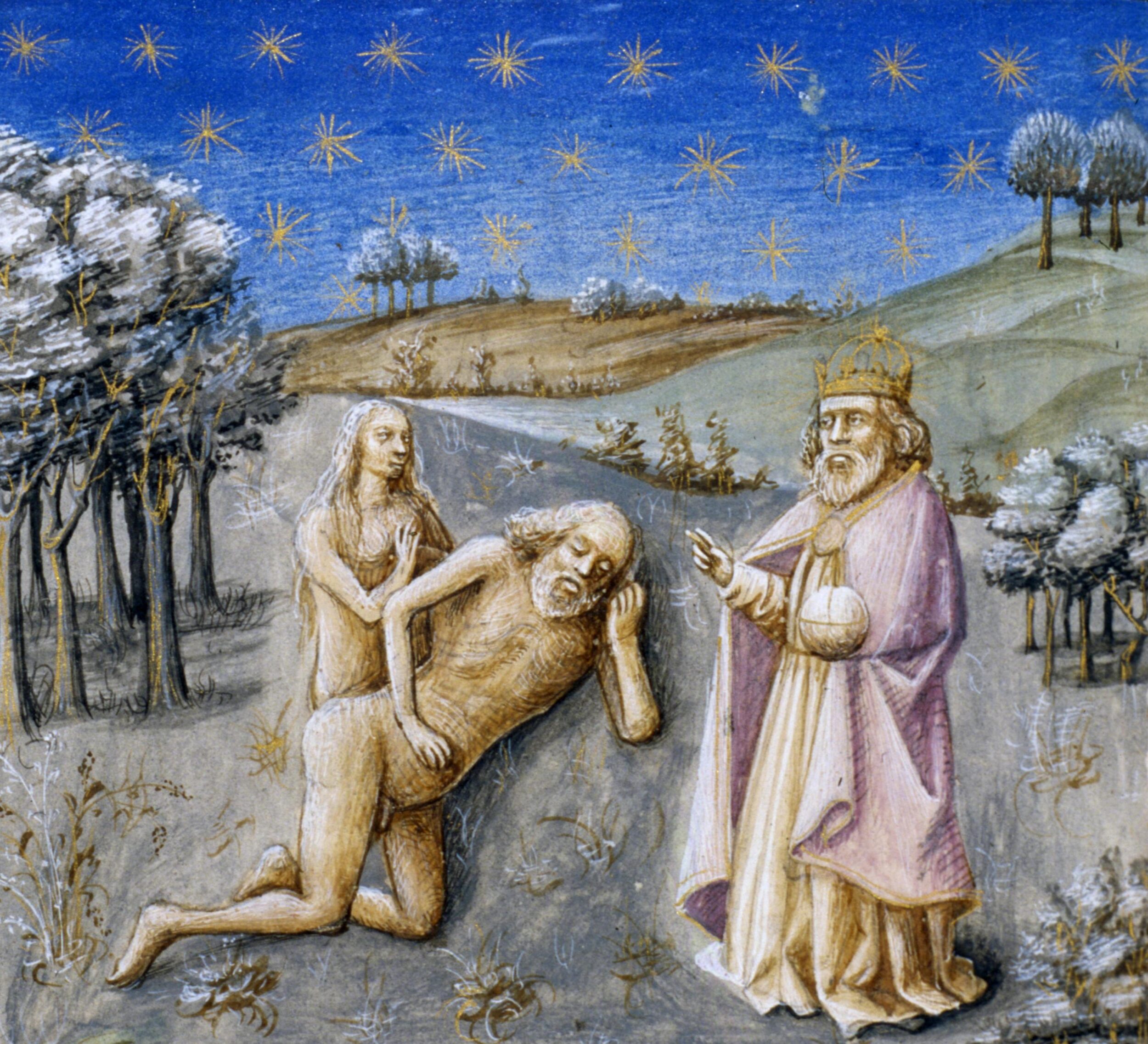Sara Damiano’s post yesterday over at The Junto on assigning and using more primary sources by and about women in US History survey courses was a timely one for me, published just as I was working on my own syllabi for this semester. Reflecting on her experience teaching a “United States History to 1877” survey course, Damiano makes the point that working with primary sources by women throughout the semester allows for students to really grapple with gender as something that varies across time and space. Women aren’t just coralled into one special week on the syllabus and otherwise ignored.
I nodded along as I read the post: as someone who works on women’s history, how could I not? Last semester, I taught the first half of a survey course on medieval Europe, covering roughly the period 300-1000, and one of the themes I tried to emphasize throughout the semester was the ways in which power and gender intersect throughout the Middle Ages. My students and I explored the ways in which the empress Theodora of Byzantium, could at once be incredibly powerful and subject to smears about her sexual morality, and how hair (or the lack thereof) could make or break a Merovingian king. They were quick to pick up on the ways in which gender shaped the ways in which both men and women wielded power.
But was I backing up my discussion with what I had my students read? I went back and looked at my syllabus. Of the twenty-two primary sources assigned, 17 (77%) were either by men or anonymous but likely written by men (such as the Nicene Creed or a Carolingian-era capitulary). Five of the sources were by women (like the poetry of Rabi’a al-ʻAdawiyya al-Qaysiyya or Dhuoda’s Handbook for William) or substantively about women (like Venantius Fortunatus’ life of Radegund). The textbook was written by a man, and of the eight additional secondary sources, five (62.5%) were written by men.
Now, sources from the Middle Ages—particularly the early Middle Ages—are very different beasts to those from eighteenth- and nineteenth-century North America. There are fewer of them in absolute terms, produced in a society where a smaller percentage of people were literate, and a smaller number again of women. Given that most of the students I teach are not fluent in a language other than English, let alone conversant with medieval Latin, only the small proportion of those texts available in translation are accessible to them. It’s always going to be more difficult to approach gender parity in sources from medieval Europe. But that doesn’t mean there aren’t primary sources by and about women out there which I could use but which I haven’t—on reflection, I think because I thought there were some well-known sources which I should include, thanks to the grim and hovering spectre of Are You Providing Full Coverage, This Is A Survey After All.
So I took up Damiano’s challenge and over-hauled my in-progress syllabus for the survey course I’m teaching this coming semester: the second half of the medieval survey, covering roughly the period 1000-1500. Now, of the eighteen primary sources I’ve assigned, 8 (44%) are by women: not quite gender parity, but a marked improvement on the first half of the survey course. I’d always planned to include writers like Marie de France and Christine de Pizan but now I’ve gone back to include voices that are heard less often, like the legal testimony of Grazide Lizier, a woman accused of heresy in the early fourteenth century and or this love poem between two women. Deliberately keeping women in the foreground as I was working on the syllabus meant that I rethought my approach to a number of topics—for instance, my students are now going to be introduced to the social and political tensions of the Anglo-Norman colony in Ireland in part through the tale of Alice Kyteler, the fourteenth-century Kilkenny woman infamously accused of witchcraft.
It took me longer to pull together the schedule of readings than it would have done if I’d stayed with a more familiar (to me) set of primary source readings. Yet the onus is on me as a teacher to think of new ways to use and to pair sources in the classroom: to be continually attentive to undermining assumptions, even when they’re my own. I’ve no desire to simply stand at the top of the room and regurgitate a canon.
Will this approach work? Only the next few months will tell. But I do feel optimistic that if I feel the syllabus is both challenging and honest, the students will pick up on that and respond to it. After all, one of my favourite moments of last semester came when a student dropped by my office hours to talk over the draft of the paper she was writing for my course. She’d chosen to focus on the ways in which early medieval women could exercise power and authority, and it was exciting for me to see primary sources about a topic I know so well through fresh eyes. Half-laughing, half-stunned, my student pointed at the pages and said, “These women weren’t stupid, they knew what they were doing! These women were smart.”
These women could speak, too, and I look forward to hearing what they have to say for us this semester.


I’m a homeschooling mom. Can I get a copy of your reading list?
I’d be happy to forward it to you, Sarah! Is the email address associated with your comment the best way to get in touch with you?
Thanks! sarahcorlett@mail.usf.edu.